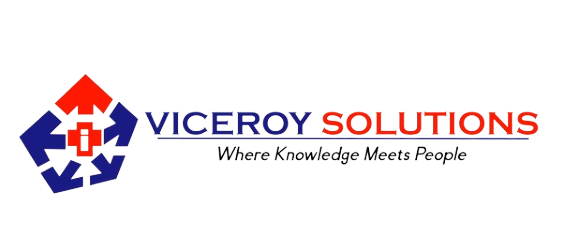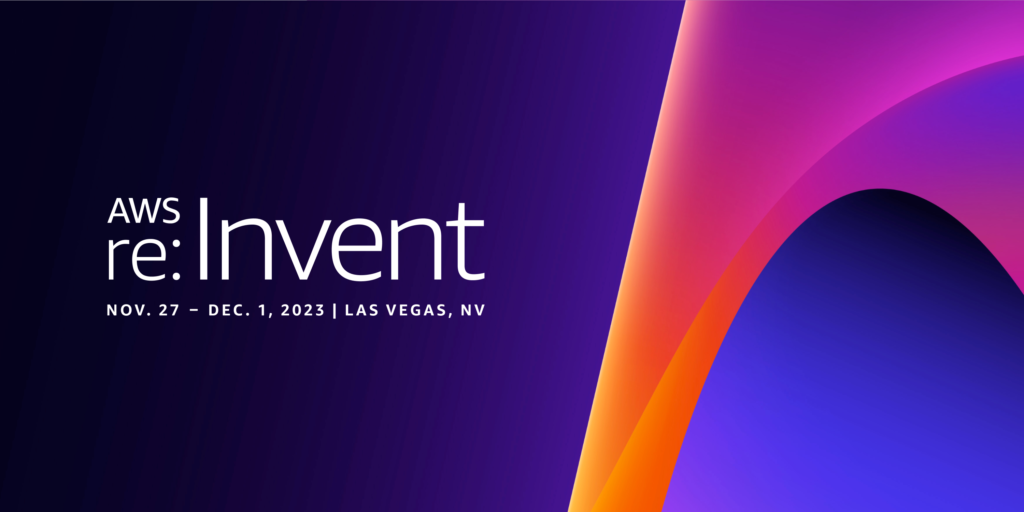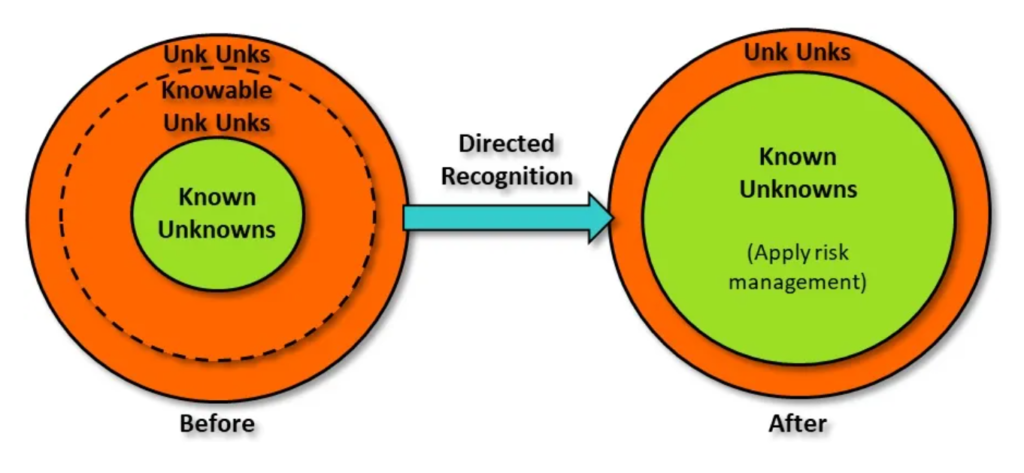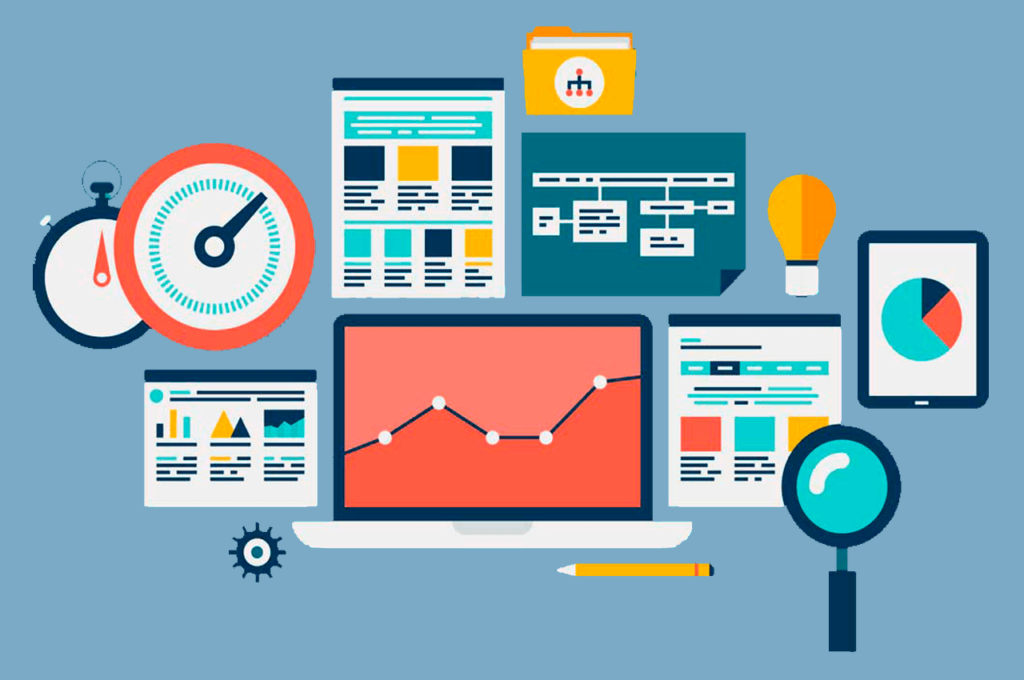Insights from Pfizer’s AWS re:Invent Keynote
The Future of Healthcare Technology
At Viceroy Solutions, a leading healthcare IT consulting firm, we actively explore the latest technological advancements that can transform healthcare. The recent AWS re:Invent keynote, featuring insights from Pfizer’s Chief Digital and Technology Officer, Lidia Fonseca, and AWS CEO Adam Selipsky, was a valuable insight into the future of healthcare technology. Here’s what we learned and thought about this pivotal event.
The Power of Generative AI in Healthcare
Generative AI’s role in life sciences is thrilling. Pfizer and AWS are using it in 17 different scenarios, from content creation to manufacturing. This isn’t just innovation; it’s about reallocating resources to speed up patient care. For example, generative AI quickly identifies new oncology targets, a task that usually takes a lot of manual work. This could save between $750 million to $1 billion annually, showcasing AI’s efficiency and financial benefits in healthcare.
We at Viceroy Solutions view this as a major breakthrough. Fast data analysis and target generation by AI can speed up medical discoveries, benefiting patients globally.
Cloud Technology: Transforming Vaccine Development
The keynote also shed light on how cloud technology sped up the development and distribution of the COVID-19 vaccine. AWS‘s collaboration with Pfizer was crucial in increasing vaccine production from 220 million to 4 billion doses of Comirnaty in 2022. AWS‘s high-performance computing and real-time data analysis made this rapid scale possible.
This example proves cloud technology’s power in tackling global health crises. It highlights the need for healthcare organizations, including ours, to adopt cloud technology for more agile and responsive operations.
Comprehensive Data Strategy for Global Success
Pfizer’s enterprise-wide data strategy, aiming to launch 19 medicines and vaccines in 18 months, is another highlight. This strategy, relying on digital, data, and AI, aligns with our philosophy at Viceroy Solutions. We believe a strong data strategy is key for any healthcare organization’s innovation and global success.
Embracing the Future with Viceroy Solutions
The insights from the AWS re:Invent keynote are practical solutions shaping healthcare’s future. At Viceroy Solutions, we’re dedicated to incorporating these advancements into our consulting services. We prioritize staying at the forefront of technology to offer our clients the best solutions.
Ready to revolutionize your healthcare organization with the latest AI and cloud technology? Contact Viceroy Solutions. Let us guide you through the evolving landscape of healthcare technology and provide tailored, cutting-edge solutions for your needs.





